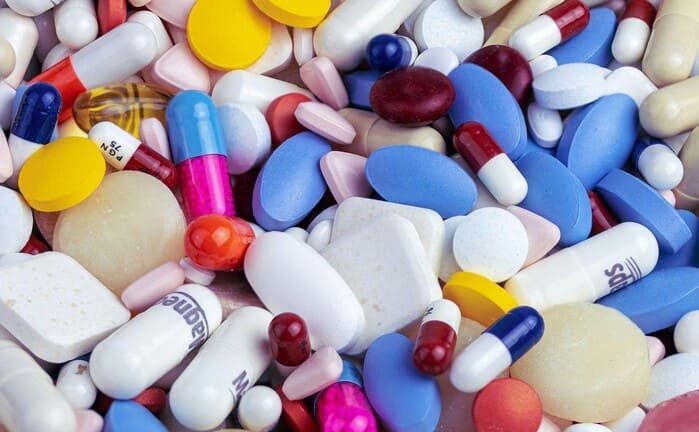Addiction is often misunderstood as a lack of willpower or a moral failing, but science tells a different story. At its core, addiction is a chronic brain disease that changes the way the brain functions, particularly in relation to reward, motivation, memory, and impulse control. By understanding the neurological and psychological mechanisms of addiction, we can better appreciate why it occurs and how effective treatment supports long-term recovery.
What Is Addiction?
Addiction is defined as a compulsive engagement in rewarding stimuli, despite harmful consequences. Whether it involves substances like alcohol or opioids, or behaviors such as gambling or gaming, addiction hijacks the brain’s reward system, creating powerful urges and a cycle that’s difficult to break.
It is not simply about making poor choices—it’s about how the brain has been rewired over time by repeated exposure to addictive substances or behaviors.
The Neurological Side: How Addiction Affects the Brain
1. The Role of Dopamine
At the center of addiction lies dopamine, a neurotransmitter associated with pleasure and reward. When we do something enjoyable—like eating, exercising, or laughing—dopamine is released, reinforcing the behavior.
Addictive substances like cocaine, nicotine, or alcohol flood the brain with dopamine, far more than natural rewards do. Over time, the brain starts to rely on the substance to feel pleasure, reducing its ability to produce dopamine naturally. This creates a cycle of dependence and diminished sensitivity to everyday rewards.
2. Changes in Brain Structure
Chronic substance use affects key areas of the brain:
Prefrontal Cortex: Responsible for decision-making, impulse control, and judgment. Addiction weakens this area, making it harder to resist cravings.
Amygdala and Hippocampus: These regions store emotional memories and cues associated with drug use, contributing to powerful triggers and relapse risk.
Basal Ganglia: Involved in forming habits. Addiction turns drug use into a deeply ingrained behavioral routine.
3. Tolerance and Withdrawal
As the brain adapts to the substance, users need more of it to achieve the same effect—this is known as tolerance. If the substance is reduced or stopped, withdrawal symptoms (both physical and psychological) can set in, reinforcing continued use.
The Psychological Side: Emotional and Behavioral Aspects
1. Mental Health and Co-Occurring Disorders
Addiction often coexists with conditions like depression, anxiety, PTSD, or bipolar disorder. In some cases, individuals use substances to self-medicate, while in others, substance use may worsen underlying mental health symptoms.
This dual diagnosis requires an integrated treatment approach that addresses both addiction and mental health to achieve successful outcomes.
2. Trauma and Early Life Experiences
Unresolved trauma, especially in childhood, significantly increases the risk of addiction. Adverse childhood experiences (ACEs) such as neglect, abuse, or instability disrupt emotional regulation and coping mechanisms, often leading to substance use as a form of escape or control.
3. Environmental and Social Factors
Family history, peer pressure, socioeconomic status, and availability of substances all play a role in addiction. Social isolation or environments that normalize substance use can make recovery even more difficult without structured support.
The Science of Recovery: How Treatment Helps Heal the Brain
1. Medical Detox and Stabilization
For many, recovery begins with medically supervised detox, which helps safely manage withdrawal symptoms. This first step is crucial in preparing the brain and body for deeper therapeutic work.
2. Behavioral Therapies
Evidence-based therapies like Cognitive Behavioral Therapy (CBT) and Dialectical Behavior Therapy (DBT) help individuals:
- Recognize and change negative thought patterns
- Develop healthy coping strategies
- Manage triggers and cravings
- Improve emotional regulation
Therapy addresses both the behavioral habits and emotional root causes of addiction.
3. Medication-Assisted Treatment (MAT)
For certain addictions (e.g., opioids or alcohol), FDA-approved medications such as buprenorphine, methadone, or naltrexone can reduce cravings and prevent relapse. These medications support brain healing and allow individuals to focus on their recovery without overwhelming urges.
4. Neuroplasticity and Brain Recovery
The brain is remarkably resilient. With time, abstinence, and therapeutic interventions, the brain can rewire itself—a process known as neuroplasticity. New, healthy habits can gradually replace old pathways, allowing for lasting behavioral change.
5. Peer Support and Community
Group therapy, 12-step programs, and recovery communities like SMART Recovery provide social support and accountability. Engaging with others who understand the experience of addiction fosters connection, hope, and motivation.
The Road to Recovery Is Not Linear
Addiction recovery is a lifelong journey, not a one-time fix. Setbacks and relapses are common, but they don’t mean failure—they are part of the process. The key is building a solid support network, engaging in continued care, and treating addiction as the chronic illness it is.
Understanding the science behind addiction challenges old stigmas and opens the door to compassionate, evidence-based treatment. Addiction is not about weakness—it’s about changes in brain function, emotional health, and life circumstances. Recovery is possible with the right tools, support, and a commitment to healing.
Understanding the complexities of addiction is crucial for effective recovery. The journey to overcoming addiction often begins with acknowledging the problem and seeking help. For those ready to take the first step toward recovery, it is essential to find a supportive environment that offers comprehensive treatment options. This includes personalized therapy, medical support, and community resources that address both the physical and psychological aspects of addiction. By embracing a holistic approach, individuals can rebuild their lives, fostering resilience and long-term sobriety. The path to recovery is challenging, but with the right support and commitment, it is entirely achievable.


